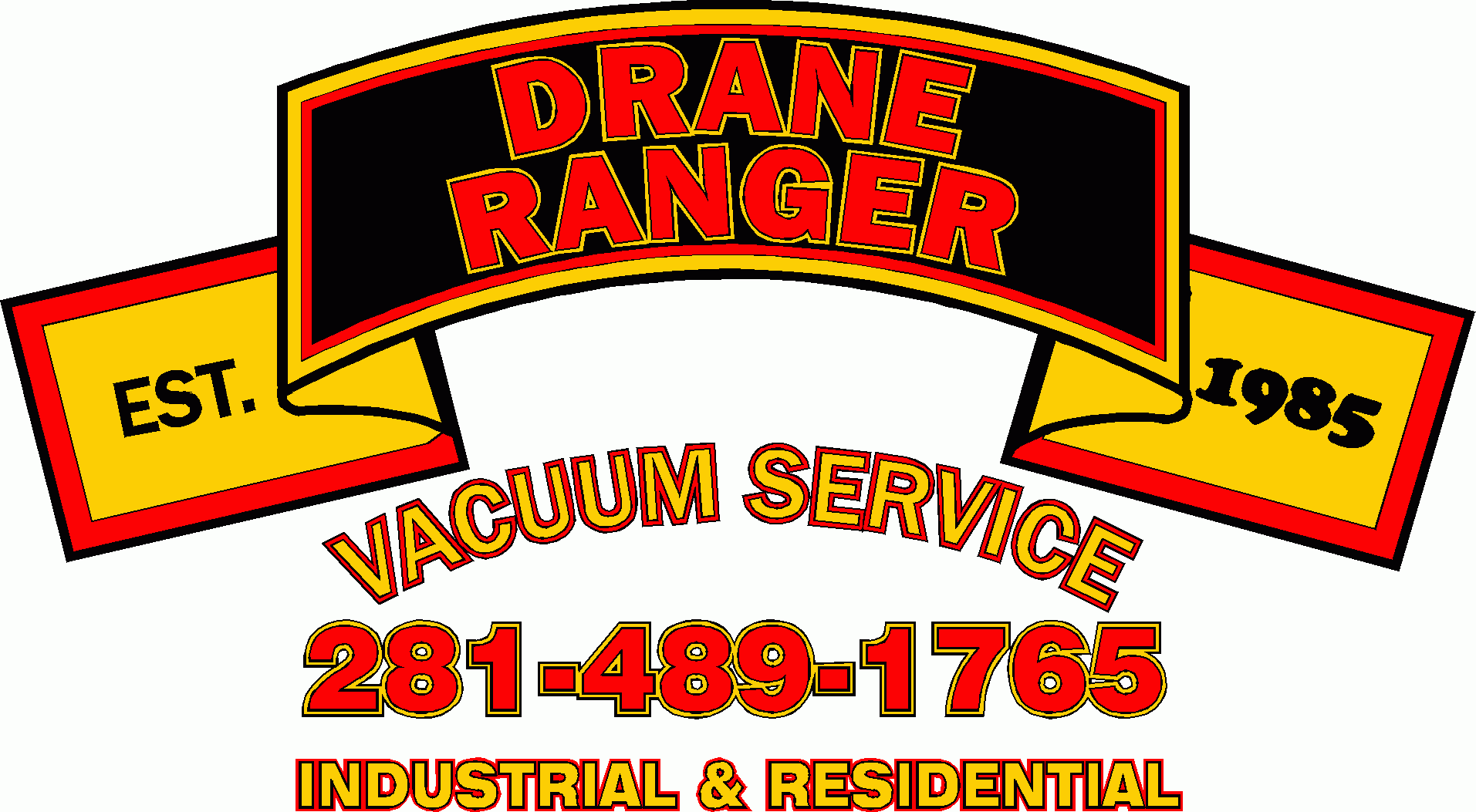Have you ever wondered what grease traps are for? They are an essential piece of equipment in the food services industry, but many people do not understand why they are used or how they operate. Here is an introduction to grease traps, explaining how they can save you trouble when you opt for regular grease trap cleaning services.
Stop Clogs
Fats, oils, and grease (known as FOG) do not mix with water. When FOG makes its way down the drain, it does not effectively move through the sewer system. Instead, it congeals, forming a layer on the inside of the piping.
FOG tends to stick together, allowing the layer of grease to grow into a blockage. Once this occurs, the water flow will be stopped, which can cause sinks and drains to back up. This is a massive problem in the food services industry, potentially forcing owners to close their kitchens while the blockage is addressed.
While it is possible to hire grease trap cleaning services to remove a clog after it has formed, this is typically more expensive and more challenging than avoiding the blockage in the first place.
How do Grease Traps Work?
Want to avoid grease clogs? Grease traps and grease interceptors are a must. All drains connected to the kitchen must pass through a grease trap before connecting to the sewer.
Grease traps work by first slowing down the flow of water. Rather than allowing water to pass through the pipe in a few seconds, water takes at least 20 minutes to pass through a grease trap. This allows FOG to congeal in the trap and any grit to settle to the bottom of the tank.
Fats, oils, and grease are lighter than water, meaning FOG will accumulate on top of the water in the grease trap. Baffles in the grease trap are used to capture the grease, allowing the water to pass through while the FOG and grit stay inside.
Over time, FOG and grit will build up within the grease traps. If it is allowed to overfill, it can lead to a blockage. Traps must be regularly emptied by grease trap cleaning services to maintain proper function and comply with regulations.
Conform to Local Laws and Regulation
Food services businesses are often mandated to use grease trap cleaning services by regulatory bodies such as public utilities. FOG build-up doesn’t just happen within your piping. It also occurs in the wastewater system. Failing to adhere to these rules could lead to fines and other restrictions on your business.
It is essential to understand that these regulations may apply to your restaurant, even if you do not serve deep-fried food. It is a popular misconception that FOG build-up only occurs in fast food establishments. This is not the case. Almost all cooking involves some amount of fat and oil, so you need to manage FOG responsibly.
Using Reliable Grease Trap Cleaning Services
Are your grease traps due for a cleaning? Our team at Drane Ranger is experienced at emptying grease, grit, and lint traps. We offer professional, timely, and sanitary services to allow your business to stay on schedule.
